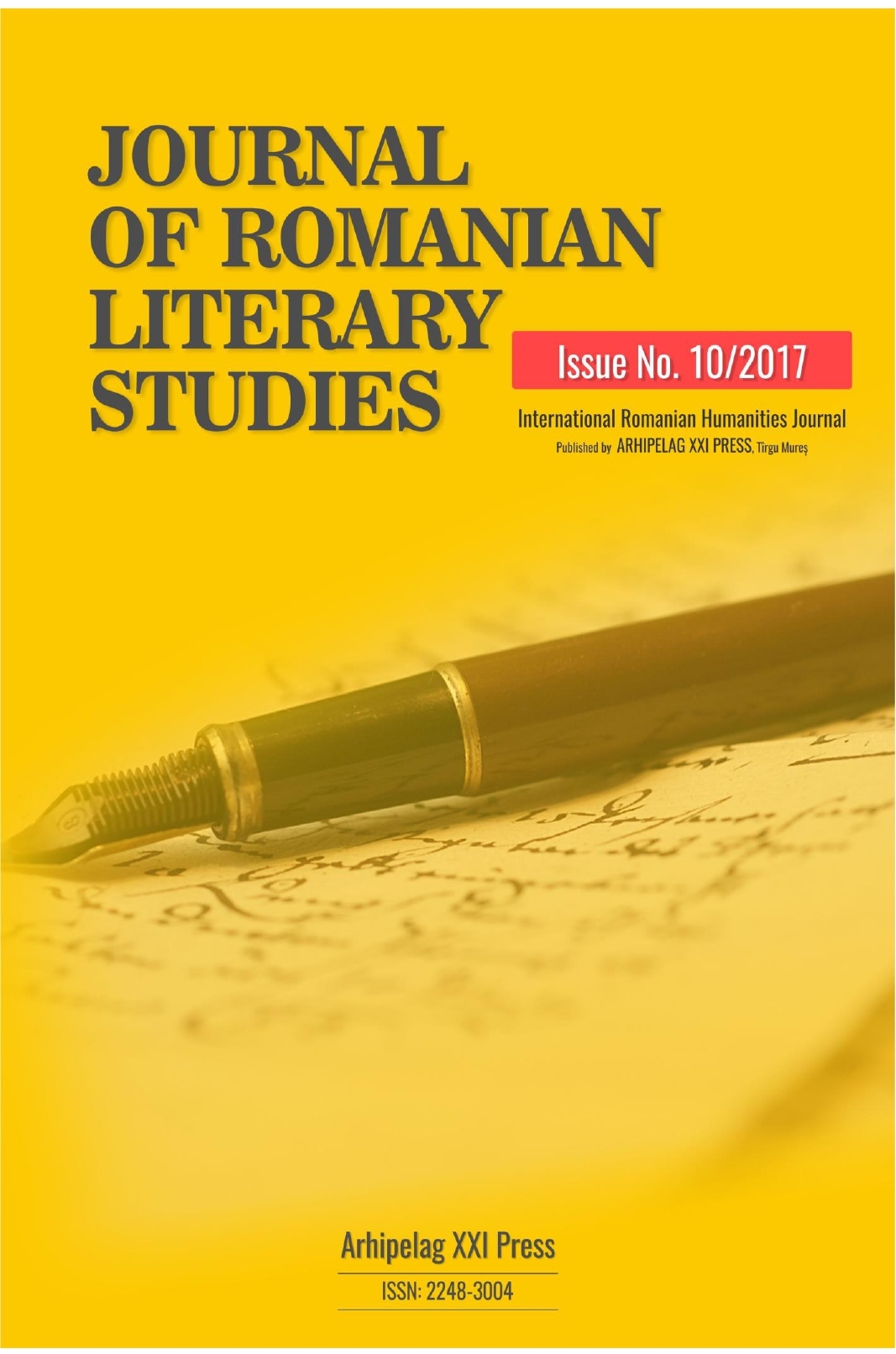FAIRY TALES REVISITED: IDENTITY MAKING AND UNMAKING
FAIRY TALES REVISITED: IDENTITY MAKING AND UNMAKING
Author(s): Ana-Maria BaciuSubject(s): Studies of Literature, Theory of Literature
Published by: Editura Arhipelag XXI
Keywords: fairy tales; identity; modernism; postmodernism; stereotypes;
Summary/Abstract: My primary aim is to show how important the aesthetic of the time is in the interpretation of fairy tales, in the way they are viewed, perceived, felt, and assimilated. The philosophy of art and its signifying practices, as has been pointed out, are often (always, according to Michel Foucault in his ”Order of Discourse”, 1970) shaped by the historical context in a very broad sense, feeding on characteristic political ideas, movements, agendas, ideologies, power relationships, social theories, scientific ideas, actually on the whole discursive field in which the literary work is embedded. Reimagining language was crucial for the successive phases of modernity. From a transparent medium for conveying the world, language turns into an autonomous network of communication. The ways of speaking and writing make social classes, genders, races and nations seem real and enable them to elicit feelings and justify relations of power. This is a comparative study of fairy tales in two different stages of what is known as ”late modernity”: modernism and postmodernism. In the early modern period, of the Enlightenment and preromanticism, fairy tales were seen as the roots of the ethnic soul, the mirror of every people’s character. They were thought by Herder, Goethe, Charles Perrault, or the British preromantics to nourish people’s imaginative hunger in an age of dry rationalism, and to complete their national typology, becoming thus, a mark of identity. On the contrary, with the passage of time and the concomitant historical changes, in the postmodern period, the perception of the fairy tales as a provider and keeper of any kind of identity or unity is lost, they becoming only a pattern, a fragment, an excuse for something else, a stage on which other plays are performed, keeping up with change, with postmodernist ideas concerning their use and perception.
Journal: Journal of Romanian Literary Studies
- Issue Year: 2017
- Issue No: 10
- Page Range: 899-908
- Page Count: 10
- Language: English

